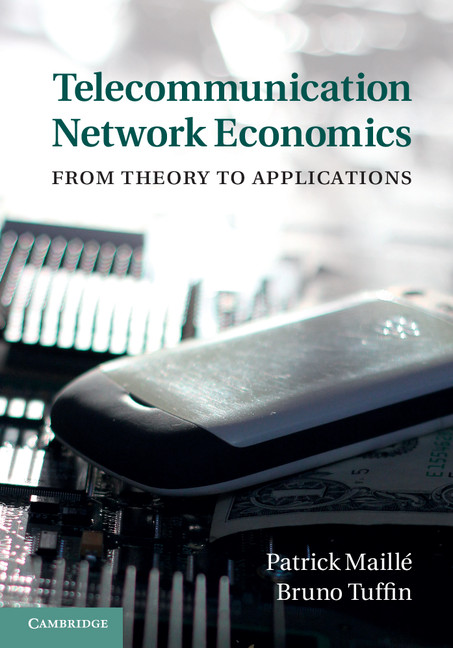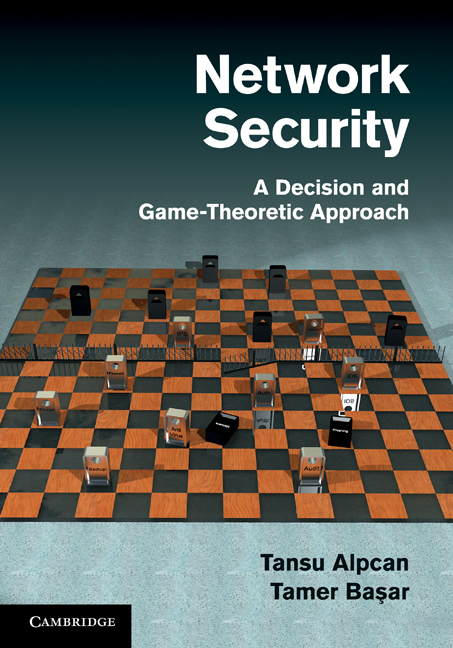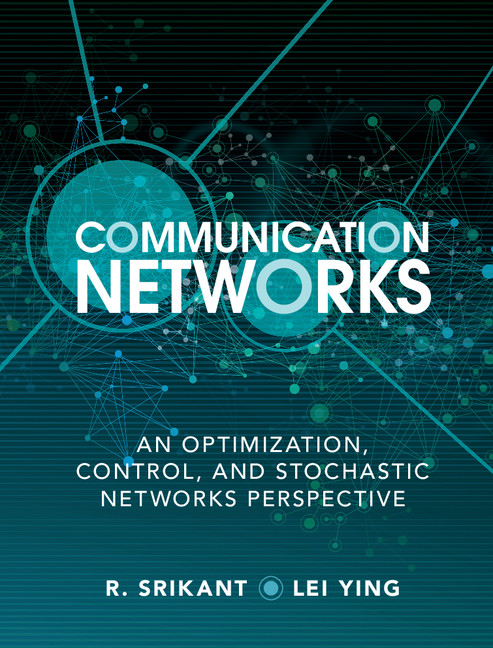Telecommunication Network Economics
Presenting a balance of theory and practice, this up-to-date guide provides a comprehensive overview of the key issues in telecommunication network economics, as well as the mathematical models behind the solutions. These mathematical foundations enable the reader to understand the economic issues arising at this pivotal time in network economics, from business, research and political perspectives. This is followed by a unique practical guide to current topics, including app stores, volume-based pricing, auctions for advertisements, search engine business models, the network neutrality debate, the relationship between mobile operators and mobile virtual network operators, and the economics of security. The guide discusses all types of players in telecommunications, from users, to access and transit network providers, to service providers (including search engines, cloud providers or content delivery networks), to content providers and regulatory bodies. Ideal for graduate students, researchers and industry practitioners working in telecommunications.
- Combines theory with practice, allowing readers to make a link between modeling and applications and to understand potentially misleading intuitions
- Presents a comprehensive picture of all issues at stake by discussing all actors in telecommunications
- Provides an unbiased discussion of current hot topics, enabling readers to form their own opinions based on an up-to-date understanding of the issues
Reviews & endorsements
"Recently, more and more methods inspired by procedures developed by business departments are being applied in network planning and management. A network engineer or researcher should be acquainted with them, at least at the basic level, and [this] book by Maillé and Tuffin can help in this learning effort. The book is a comprehensive overview of crucial issues in the economics of telecommunication networks and services that are valid today. … [It] maintains a balance between theory and practice, [and] therefore … can be used either as a textbook for academic courses or [as] a handbook for practitioners."
Jan Derkacz, IEEE Communications Magazine
Product details
April 2014Hardback
9781107032750
300 pages
252 × 178 × 19 mm
0.75kg
67 b/w illus. 32 tables
Available
Table of Contents
- 1. Introduction: telecommunications evolution and set of actors:
- 1.1 The evolution of telecommunications and the associated economic models
- 1.2 Need for modeling and analysis
- 1.3 Description of actors
- 1.4 Goal of the book
- 1.5 Outline of the book
- 2. Mathematical foundations: optimization, game theory, auctions
- 2.1 Basic economic theory
- 2.2 Mathematical tools
- 2.3 Game theory
- 2.4 Mechanism design and auctions
- 2.5 Conclusion
- 3. Economics of access service providers:
- 3.1 History and evolution of access pricing models
- 3.2 Expectations of users and ISPs, impact on other actors
- 3.3 Flat-rate pricing
- 3.4 Volume-based pricing
- 3.5 Congestion and value-based pricing
- 3.6 Economics of bundling
- 4. Economics at the content and application level:
- 4.1 A bit of history
- 4.2 Advertising
- 4.3 Paid applications versus free applications with advertisement
- 4.4 Economics of clouds/grids
- 4.5 Economics of peer-to-peer systems
- 4.6 Economics of content delivery networks
- 5. Interactions among network service providers:
- 5.1 Introduction
- 5.2 Auctions for wireless spectrum
- 5.3 Competition between access providers
- 5.4 Client but competitor: the (unsustainable?) situation of MVNOs
- 5.5 Economics of interconnection
- 5.6 Economics of community networks
- 6. Interactions among content and application service providers:
- 6.1 Introduction
- 6.2 Competition at the content level
- 6.3 A specific case: competition between search engines
- 6.4 Economic stakes of network security
- 7. Relations between content/application providers and access service providers:
- 7.1 Evolution of economic relations between content/application and network providers
- 7.2 Value chain, vertical integration
- 7.3 Network neutrality issue
- 7.4 Search neutrality.







